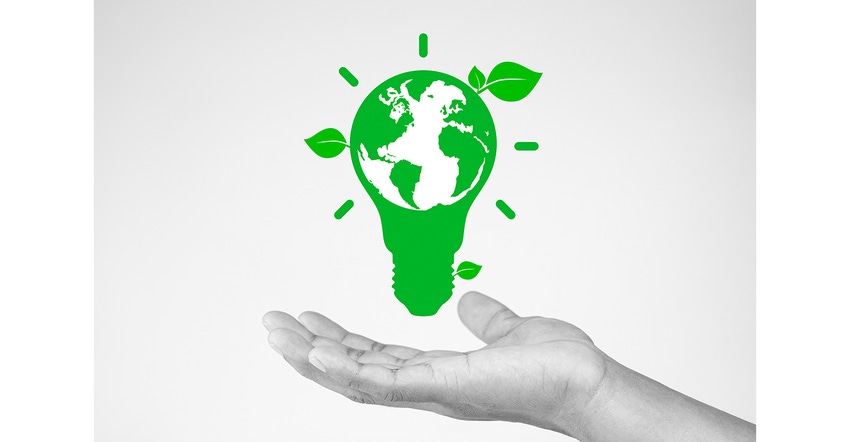There's a much greater chance of achieving market success if you do the recycled-content plastic homework in advance.
May 3, 2021

Although focus on the pandemic momentarily shifted attention from environmental concerns, make no mistake, the heat is about to get turned back on. The fuel is a slew of legislation ranging from those under consideration at the state and local level, all the way up to federal bills such as “Break Free From Plastic Pollution Act of 2020” and the “Save Our Seas 2.0 Act.”
Most, if not all, of these bills will have provisions designed to increase the use of recycled content. For example, California has mandates on recycled content for beverage containers. The law requires a postconsumer plastic recycled content standard of 15% which begins January 1, 2002. The recycled content amount must increase to 25% by 2025 and 50% by 2030.
With a tsunami of regulation on the way, what should companies do to prepare? Here are some suggestions to help you build a roadmap.
Determine your company’s sustainability and marketing goals. For example, is your goal to meet the minimum recycled content requirements, or do you want to push further in order to make more substantive marketing claims? If so, are you willing to use higher-cost materials to achieve your objectives?
Is your package recyclable? Stating the obvious, using recycled content doesn’t necessary mean that your package is readily recyclable. You have to look beyond the primary bottle, container, etc. This includes the closure/dispensing system, label stock and inks.
Determine your tolerance for appearance. Recycled content often changes the appearance of the containers. Most appear darker and the color is likely to be different than that exhibited by virgin resins. For PET bottles, the shift is on the yellow scale; for HDPE, the concern is gray tones. Further, mechanically recycled resins may contain small contaminants such as black specs.
Key points to remember:
There is a wide spectrum of plastic bottles and recycled resins in the marketplace. Quality and consistency of the recycled resin will be critical to your success.
Processing and producing containers with recycled content, especially at higher levels of recycled content, is not the same as processing with virgin resin. It is not a drop-in solution.
Virgin PET resins are also not the same. They are made with differing types and levels of copolymers, catalysts and additives depending on intended use.
Recycled resins differ based on their feedstock, cleaning and processing technologies.
As the feedstocks change for recyclers—and they change often—so can the recycled resin that is produced
How to facilitate the best outcome.
With the amount of variability in both virgin and recycled resin composition, what can you do to help facilitate the best possible outcome? If you are a bottle manufacturer, work closely with the resin suppliers. If you are a brand owner, work closely with your supplier and ask them to work closely with their resin supplier. Focus your attention and collaboration on:
Source of the recycled bottles: This affects the color and quality of the recycled PET.
Washing system technology;
Decontamination technology;
Quality parameters;
Color specifications.
After you have done the basic research and before launching your product into the marketplace, test the resin prior to purchasing. Test multiple lots before accepting the resin as qualified for your application. During this stage make sure marketing and operations agree on the quality level.
Although there are so many variables in quality, appearance, processing, etc. of recycled content materials, if you do your homework in advance there's a much greater chance of achieving market success.
Author: Dan Durham is the director of technical client services at PTI. He has decades of experience in plastic packaging ranging from design to injection and blow molding processing. He currently focuses his efforts on helping multinational brand owners successfully navigate packaging projects from concept to commercialization and supporting their sustainability goals.
About PTI
PTI is recognized as a global source for preform and package design, package development, rapid prototyping, pre-production prototyping, and material evaluation engineering for the plastic packaging industry. For more information: www.pti-usa.com.
About the Author(s)
You May Also Like




